500
Type of resources
Available actions
Topics
INSPIRE themes
Keywords
Contact for the resource
Provided by
Years
Formats
Representation types
Update frequencies
status
Scale
-

This dataset corresponds to playgrounds and sport equipment in the Brussels-Capital Region. It is made of two geometric classes : public playgrounds and spublic sport equipment.
-

Brussels-Capital Region: The sensitive area to eutrophication is a protected area against the pollution of surface waters caused by waste water. This area matches the Senne river basin. In this area, urban waste water has to be collected and are subject to a stringent treatment before their discharge. It was designated in accordance with the prescriptions of the European Directive 91/271/EEC, by the Regional Decree of 23 March 1994.
-
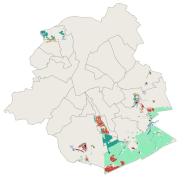
This dataset corresponds to the protected sites and natural habitats, in accordance with the ordinance of 1 March 2012 on nature conservation in the Brussels-Capital Region. It is made of six geometric classes : the nature and forest reserves, Natura 2000 sites, the impact zone around Natura 2000 sites,
-
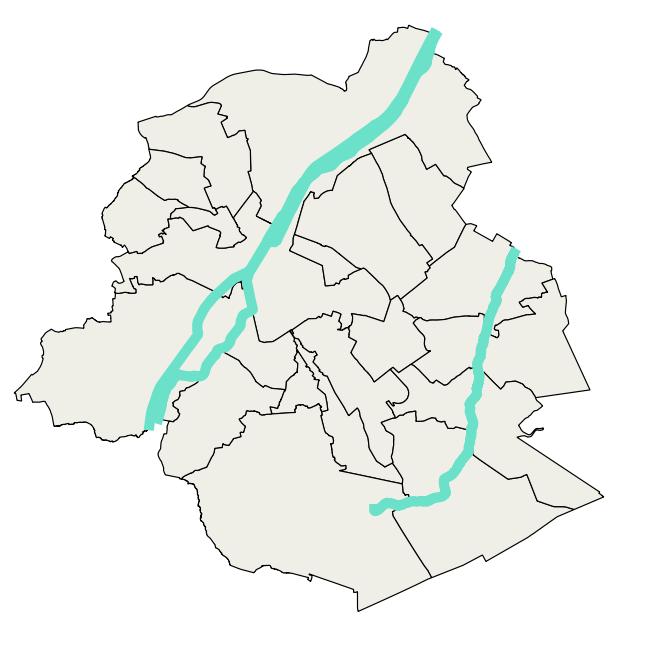
This dataset corresponds to the sewage treatment plants. It is made of three geometric classes : sewage treatment plants, sewage treatment plant collection basins and sewage treatment plant discharge points.
-
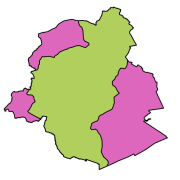
Brussels-Capital Region: map of areas likely to be flooded (future events). Prepared in accordance with Article 4 of the European Flood Directive 2007/60/EC.
-
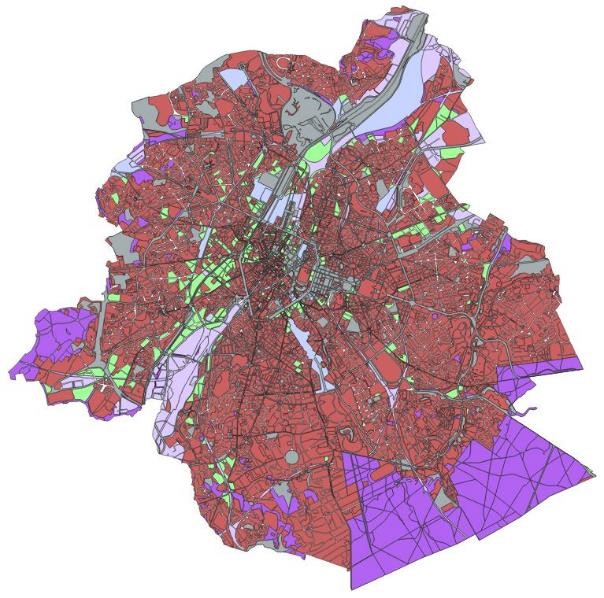
Brussels-Capital Region: Sensitivity classes applicable to the soil state registry, defined according to the regional land use plan (2017) and according to the correspondence established in the decree of 29 March 2018. Soil pollution response standards are derived from this. The sensitivity class is to be adapted to 'special area' if the site under study is in a Natura 2000 area or in a drinking water catchment protection area. The dataset specifies whether the site is yes (t=true) or no (f=false) in such an area. There are 6 different sensitivity classes: (1) residential, (2) particular, (3) industrial, (4) ZFM and ZEMU, (5) ZIR, ZIRAD and RF, (6) other.
-

This dataset corresponds to the piezometry of the phreatic system in the Brussels-Capital Region. It is made of four geometric classes: piezometric levels in the Brussels phreatic system, phreatic level heights, phreatic level depths, and phreatic level depths (HD).
-
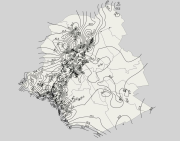
This dataset corresponds to the stratigraphic units in the Brussels-Capital Region. It is made of four geometric classes: geological field data, extensions of stratigraphic units, geological map of the Brussels Region, elevations of the tops of the stratigraphic units, and thicknesses of the stratigraphic units.
-
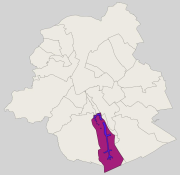
This dataset corresponds to the groundwater catchments protection areas in the Brussels-Capital Region, in accordance with the decree of the Brussels-Capital Region Government of 19 September 2002 delimiting a groundwater catchments protection area in the Bois de la Cambre and the Forêt de Soignes. It is made of one geometric class: groundwater catchments protection areas.
-
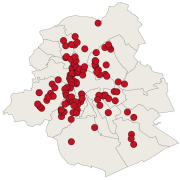
This dataset corresponds to projects "Inspirons Le Quartier". It is made of two geometric classes : the projects "Green Neighborhood" and the projects "Participative Sustainable Neighbourhoods".
 Geobru catalogue
Geobru catalogue